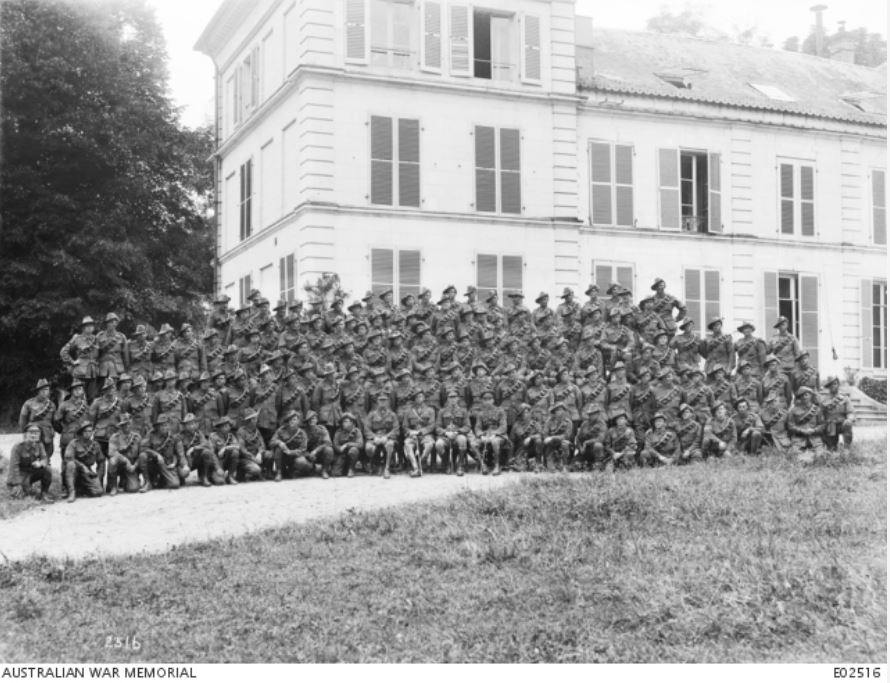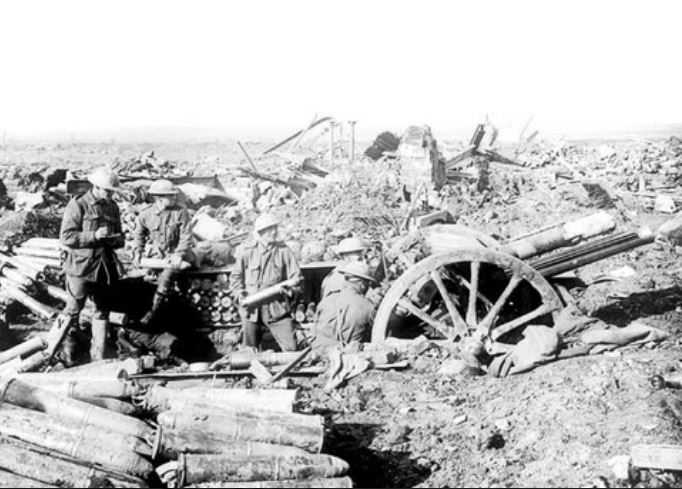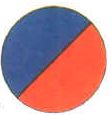10th Field Artillery Brigade
From Our Contribution
Contents
Brief History
The 10th Field Artillery Brigade formed in Egypt April 1916 to support the newly raised 4th Division. The standard organisation of Field Artillery took on the form of the Field Artillery Brigade which were formed to support infantry Brigades. The Brigade's units were:
37th Field Artillery Battery
38th Field Artillery Battery
Eight men died while serving with the 38th Battery, primarily from wounds received during counter battery fire from the Germans.
- Ronald Adolphous Julian Batt 24 Nov 1917 - 15 Jan 1919
39th Field Artillery Battery
110th Field Artillery (Howitzer) Battery
10th Brigade Ammunition Column
From January until April 1916 they underwent quick training in order to allow the 4th Division to move to France. The standard field gun was the British 18 pounder (so-called because of the weight of the high explosive shell). The 18 pounders were the first into action but later an improvised Heavy Battery was formed with two 6 inch (150mm) howitzers and a 4.7 inch (120mm) Naval Quick Firing gun.
In France, the artillery was organised with each field artillery brigade having 12 x 18 pounders and 4 x 4.5 inch howitzers. There was initially a lack of howitzers available to meet the establishment. Each Brigade generally comprised three Batteries of four 18 Pounder Mk 1 or II guns. With a range of about 6,500 yards (almost 6km) they fired a range of ammunition including High Explosive fragmentation, Shrapnel, Smoke, Gas, Star (illumination) and Armour Piercing projectiles. As the war progressed, concentration became the name of the game to facilitate command and control at the highest level. Later a range of independent Batteries equipped with specialised weapons like Siege Artillery, Heavy Howitzers and Medium and Heavy Mortars were added to the mix generally at Division level or higher. The allocation of their fire support was managed accordingly. See the entry for Divisional artillery for further information.
In January 1917, batteries were increased in size to 6 guns each in order to economise on headquarters structures and the number of Field Artillery Brigades in each division was reduced to two. The third FAB in each Division was re-assigned to Army level control (ie the 3rd, 6th, 9th, 12th and 15th FAB were re-assigned under command of HQ Army Artillery). One hundred and eighty four men died while serving with the Brigade, primarily from wounds received during counter battery fire from the Germans.
Battle Honours for 10th Field Artillery Brigade
- Defence of Egypt
- Western Front
- Retreat to the Hindenburg Line
- Bullecourt
- Messines
- Menin Road
- Polygon Wood
- Passchendaele
- Villers Bretonneux
- Hamel
- Amiens
- Albert
- Hindenburg Line.
Individual Honours
- 4 x Military Cross
- 8 x Military Medal
Notes


